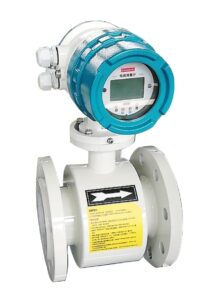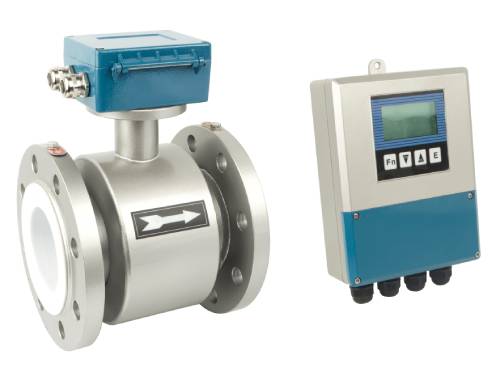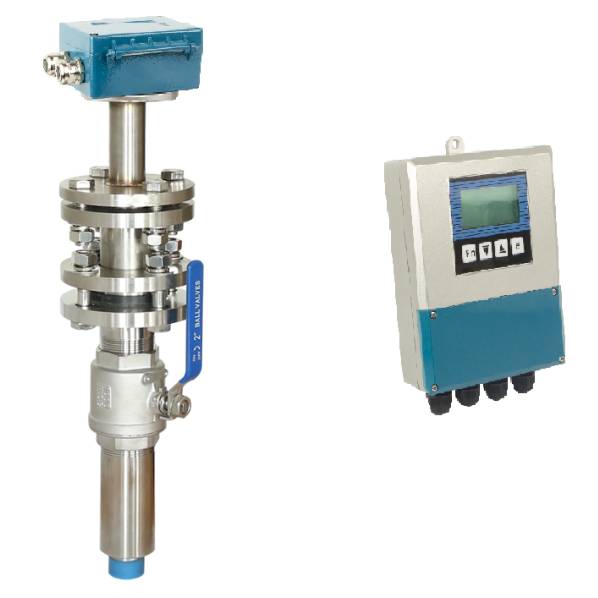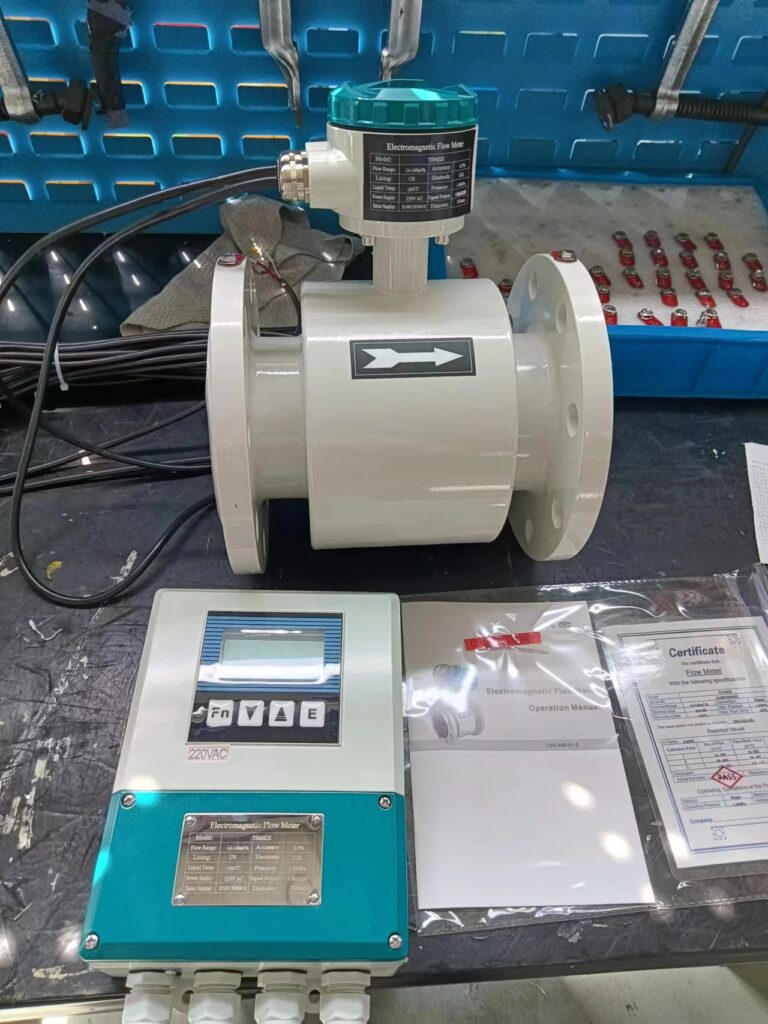Selecting the appropriate protection rating for electromagnetic flow meters is crucial for ensuring their longevity and reliable performance, especially when used in harsh environmental conditions. The protection rating indicates the degree of protection provided by the device’s housing against solid objects and water ingress. In this article, we will explore the three common protection ratings for electromagnetic flow meters—IP65, IP67, and IP68—and explain how to choose the right one for your specific application.
Understanding Electromagnetic Flow Meters
An electromagnetic flow meter consists of two main components: the sensor and the transmitter. It operates based on Faraday’s law of electromagnetic induction and is used to measure the volumetric flow rate of conductive liquids with a minimum conductivity of 5 μS/cm. This type of flow meter is widely used for measuring the flow of conductive fluids, including strong acids, alkalis, and even slurry or pulp-like substances.
Electromagnetic flow meters are commonly employed in industries such as oil and gas, chemical, metallurgy, textile, paper, environmental protection, and food processing, as well as in municipal water management and hydraulic construction.

Protection Ratings for Electromagnetic Flow Meters
The protection rating, often referred to as the IP rating (Ingress Protection rating), is defined by international standards such as IEC 529 and GB4208-84. The rating consists of two digits:
- The first digit indicates the level of protection against solid objects (ranging from 0 to 6).
- The second digit represents the protection level against the ingress of water (ranging from 0 to 9).
Let’s break down the most common protection ratings for electromagnetic flow meters:
1. IP65 – Protection Against Water Jets
An IP65-rated electromagnetic flow meter is designed to withstand water jets. It can be sprayed with water from a nozzle at a pressure of 30 kPa and a flow rate of 12.5 L/min, from any direction. This means the device is protected against dust ingress and water jets, making it suitable for environments where the meter might be exposed to occasional rain or water splashes.
- Application: This is ideal for installations where the flow meter is exposed to dust and occasional water exposure, such as in outdoor environments or industrial facilities where washing down is common.

2. IP67 – Protection Against Temporary Immersion
An IP67-rated flow meter is protected against dust and can withstand short-term immersion in water. The device can be submerged in water up to 1 meter deep for up to 30 minutes without suffering damage. This rating is particularly useful in environments where the meter might occasionally be submerged, such as in flood-prone areas or locations with standing water.
- Application: IP67 is suitable for use in situations where the device may be temporarily exposed to water, such as in outdoor environments prone to occasional flooding or where cleaning with water is required.
3. IP68 – Protection Against Continuous Submersion
IP68 is the highest protection rating available, allowing the flow meter to be fully immersed in water for prolonged periods under certain conditions. This rating ensures that the device can function while submerged under water at a specified depth and pressure for extended durations. Typically, for electromagnetic flow meters, this requires the use of a split-type design, where the sensor and display unit are separated to avoid water damage to the display.
- Application: This is suitable for installations where the flow meter will be submerged for long periods, such as in wastewater treatment plants, underwater pipelines, or other locations where the device is permanently or frequently exposed to water.

How to Choose the Right Protection Rating
The correct protection rating should be selected based on the specific conditions of the installation environment. Here are some general guidelines:
IP65: Ideal for installation above ground or in environments where the flow meter is exposed to dust and occasional water splashes or rain. It is commonly used in industrial settings where water exposure is not continuous, but cleaning or maintenance may require occasional washing.
IP67: Recommended for installations where the flow meter is likely to be exposed to water immersion, but only for short periods. For example, in areas with high humidity or where occasional flooding occurs. This rating is also suitable for outdoor environments with frequent rainfall.
IP68: This is the best choice for situations where the flow meter will be submerged in water for extended periods. Applications like submerged pipelines, sewage systems, and areas with constant water exposure require this high level of protection. In such cases, a split-type design should be chosen to ensure the sensor and transmitter are adequately protected.
Important Considerations
While selecting the protection rating, it’s essential to keep in mind that the flow meter’s display unit should never be submerged in water. Doing so can lead to permanent damage. Therefore, if you opt for an IP68-rated electromagnetic flow meter, ensure that the display and sensor are separated and that the display is not exposed to water or moisture.
Additionally, it is important to ensure that the device is properly maintained and checked regularly for any signs of wear or damage to its protective seals. Even with a high protection rating, a flow meter’s performance can deteriorate if seals or protective covers are compromised.

Conclusion
Choosing the correct protection rating for your electromagnetic flow meter is essential to ensure its reliable performance in varying environmental conditions. By understanding the different protection ratings—IP65, IP67, and IP68—you can select the most suitable rating based on your specific needs. Always consider the installation environment, potential water exposure, and maintenance requirements when making your decision. Properly selecting and installing the right protection rating will extend the lifespan of your equipment and ensure accurate, consistent flow measurement in the long term.
